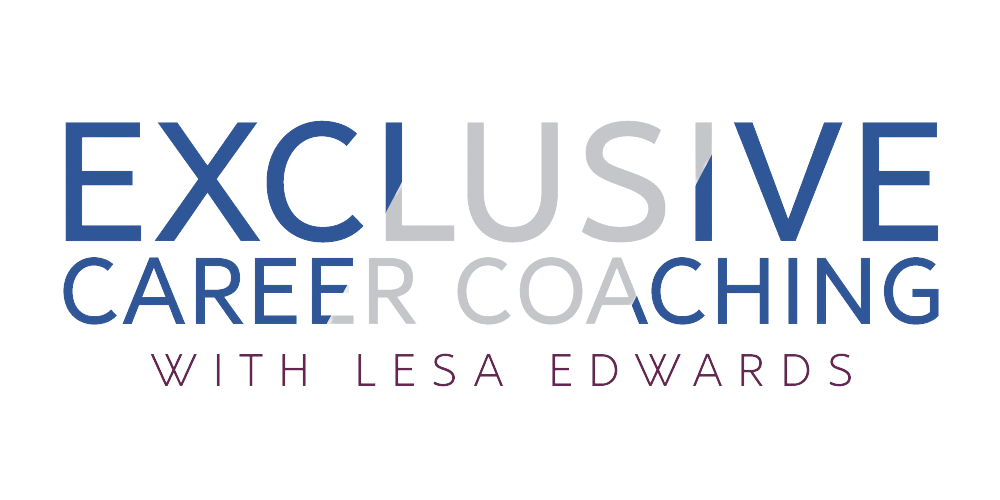139: How to Have Difficult Conversations at Work
How to Have Difficult Conversations at Work
Let’s talk about how you can have difficult work conversations in a way that doesn’t leave one or both parties feeling like you’ve been run over and left for road kill.
The purpose of this exercise is to move the relationship forward, not to convince the other person that you’re right and they are wrong. There is no upside to having a winner and a loser.
Be willing to be wrong…or at least not right.
Step One – Really Listen
The first part of this process is to allow the other person to tell you why they believe they are right. Your job in this phase is to listen intently without interrupting.
THIS IS NOT EASY.
Your temptation will be to defend your position, to argue, or to display body language that clearly expresses your frustration or disbelief.
It will take practice for you to just listen, so the other person feels completely heard. Put yourself in their shoes – what are they thinking and feeling?
Step Two – Your One Sentence
You now get one sentence, and only one sentence, to state your position on the matter.
Your temptation will be to vent, but there’s no upside to that. Be succinct.
Step Three – State the Points of Agreement
After the other person has had their say, you want to state the areas in which you agree.
You’re moving towards the solution phase of this conversation, so even if your points of agreement are few and far between, state them.
Step Four – Brainstorm Solutions
What’s most important here is that you don’t dwell on the problem or points of disagreement, but rather move quickly to possible solutions. You’re not allowed to go back to talking about the problem at this point.
Are you in the wrong job that chips away at you every day? The CareerSpring document and coaching program will help you find a job that uses your zone of genius, recognizes your value, and pays you what you’re worth.
If you’re ready to take your job search to the next level by working with a highly experienced professional with a track record of client success, schedule a complimentary consult to learn more:
